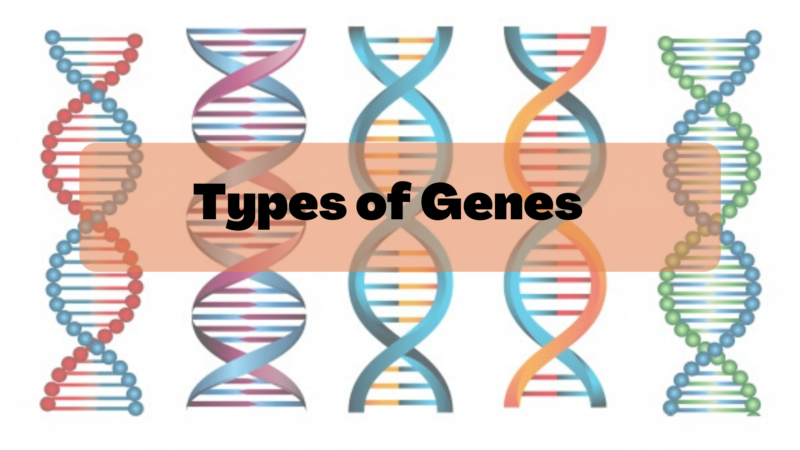Over the last 1 month, we have been writing content on genomics & the role it plays in our overall fitness. Today, we are going to discuss the basics about genes & its types.
We all have genes. They exist throughout our body. Genes are nothing but a set of instructions that determine what we are like, our appearance, how we survive & how we behave in the environment we live in. Genes are made up of deoxyribonucleic acid,normally referred to as DNA. they give instructions for us to make molecules called proteins. Genes are a section of DNA that are in charge of various functions such as making proteins. Long strands of DNA with a lot of genes make up chromosomes. Each chromosome is one long single molecule of DNA. This DNA contains genetic information about an organism/human being. These chromosomes have a unique structure that helps in keeping the DNA wrapped around proteins called histones.
Genes vary in complexity. In our human body, we have different sizes of genes varying form some few hundred DNA bases to around 2 million bases.
Different living beings have chromosomes of different shapes & number of chromosomes. Humans have 23 pairs of chromosomes, i.e. 46 chromosomes in all. DNA contains biological instructions that makes every individual unique. The building blocks of DNA are called nucleotides. It is made up of three parts: a phosphate group, a sugar group & one of the four types of nitrogen bases.
A gene consists of a long combination of 4 different nucleotides bases with many possible combinations. The four nucleotides include:
- A-Adenine
- C-Cytosine
- G-Guanine
- T-Thymine.
Different combinations of these four letters- A,C,G,T give different characteristics. Genes which carry codes A,C,G,T are like computer programs & they make the individual what they are.
Genes decide almost everything for a living being. One or more genes can influence a specific trait. Genes interact with an individual’s environment & lifestyle & change what genes make. Genes impact thousands based on internal & external factors such as what diseases an individual may develop. Genes comes from our parents. Generally, we inherit our personal traits or diseases which we develop from our parents. Genes contain data that is required for building & maintaining cells. Each cell contains one set of chromosomes- one comes from mother & other comes from father. The male sperm & female egg consists of a single cell of 23 chromosomes each.
Let us discuss in detail about genetic testing!
Genetic testing can help an individual know if they are predisposed &/or have genetic risk to a particular disease. Besides, it also helps to understand predisposition to various other nutrition & fitness related conditions.
In the recent past, scientists & researchers have found another genetic data that is not held in the genome but in the epigenome, a group of chemical compounds that tell the genome what to do. In our body, DNA gives instructions for building proteins & these proteins help in various functions in a cell. Epigenome is made up of chemical compounds & proteins that can attach to a DNA & direct various actions which include turning genes on & off. They can also control production of protein in various cells.
What is gene marking?
When epigenomic compounds attach themselves to a DNA in a cell & modify their function, they are said to have marked the genome. The marks do not change the sequence of DNA but the way the cell uses the instruction given by DNA. The marks can be passed from cell to cell when they divide & from a generation to next.
Lifestyle & environmental factors such as diet & smoking can bring about changes in the epigenome. These can expose a person to prompt chemical responses. These responses can bring about changes in epigenome. Some of these changes can have negative impacts & are linked to development of disease.
